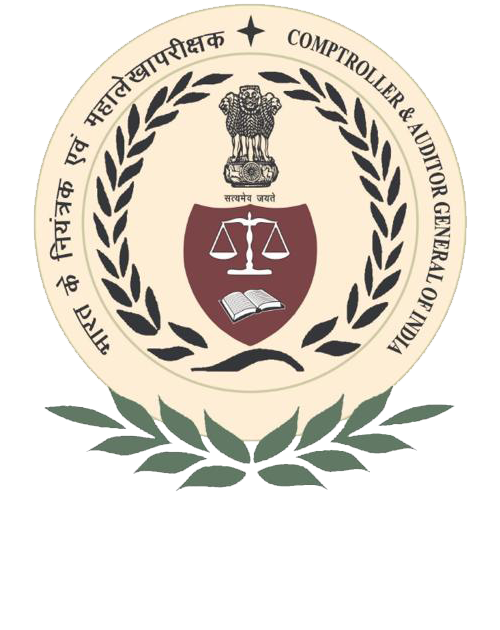Audit Reports

Railways
Report No. 33 of 2010 - Compliance Audit on Railways Finances, Union Government (Railway)
Overview
IR is a departmental commercial undertaking of the Government of India. It consists of 63,974 route kms1 on which about 18,820 trains ply, carrying more than 20 million passengers and hauling about 2.4 million tonne of freight everyday. Policy formulation and overall control of the railways is vested in Railway Board comprising of the Chairman, Financial Commissioner and other functional Members. The IR system is managed through 16 zones having 68 operating divisions. Apart from the zonal railways representing the operational part of the system, there are six production units engaged in manufacturing of rolling stock and other related items.
From 1 April 1950, a separate Railway Budget is being presented to the Parliament prior to presentation of the General Budget every year. Though the Railway Budget is presented to Parliament separately, the figures relating to the receipts and expenditure of IR are also shown in the General Budget, as Railway Budget forms part of the total budget of the Government of India.
Report of the Comptroller and Auditor General of India-Union Government (Railways) for the year ended 31 March 2009 (Report No. CA-11 of 2009-10) highlighted that during 2008-09, the gross traffic receipts fell short of budgetary projections by 2 per cent (by RS 2,039 crore). On the other hand, total working expenditure over shot the budgetary provisions by eight per cent (by RS 5,249 crore), an increase of 32 per cent over the previous year. The net revenue surplus after meeting dividend liability declined in 2008-09 by 67 per cent (by RS 8,974 crore) over the previous year. Consequently, the operating ratio of IR declined from 75.94 per cent in 2007-08 to 90.46 per cent in 2008-09. The Report also highlighted the declining balances in reserve funds of IR. Total reserve balances, declined by 30 per cent (by RS 6,624 crore) by the end of 2008-09 as compared to 2007-08. This declining trend in the financial performance of IR continued in 2009-10.

